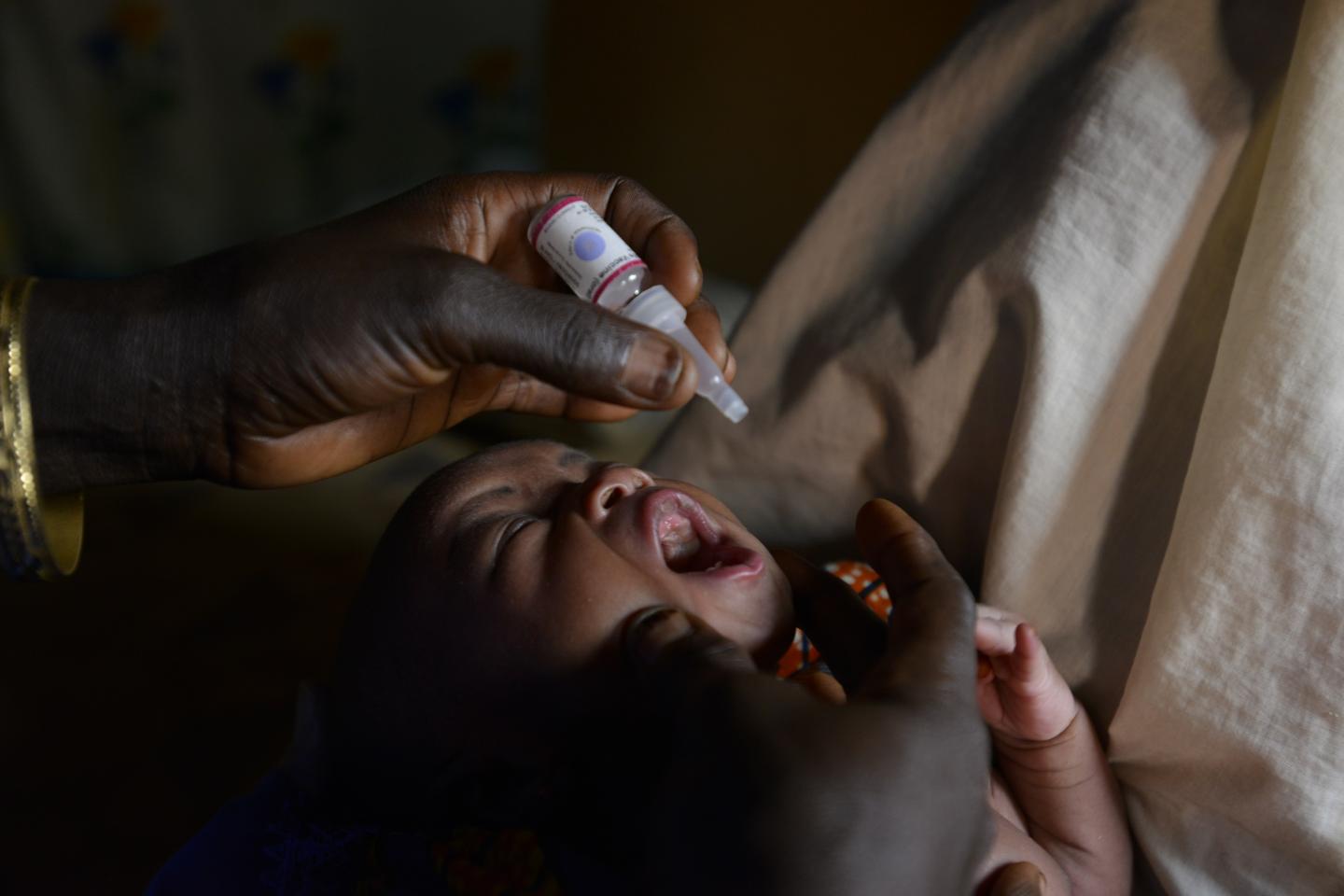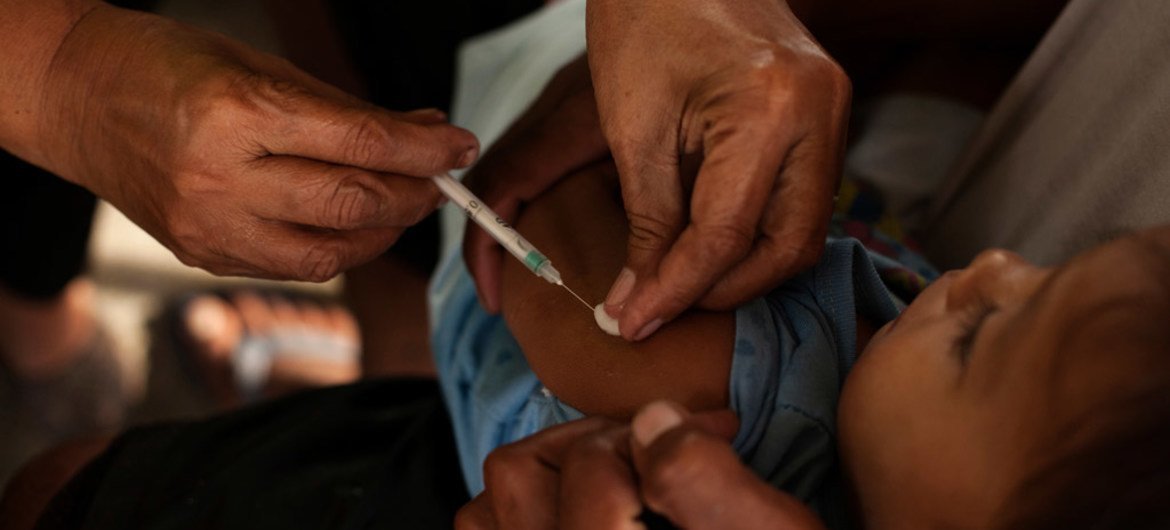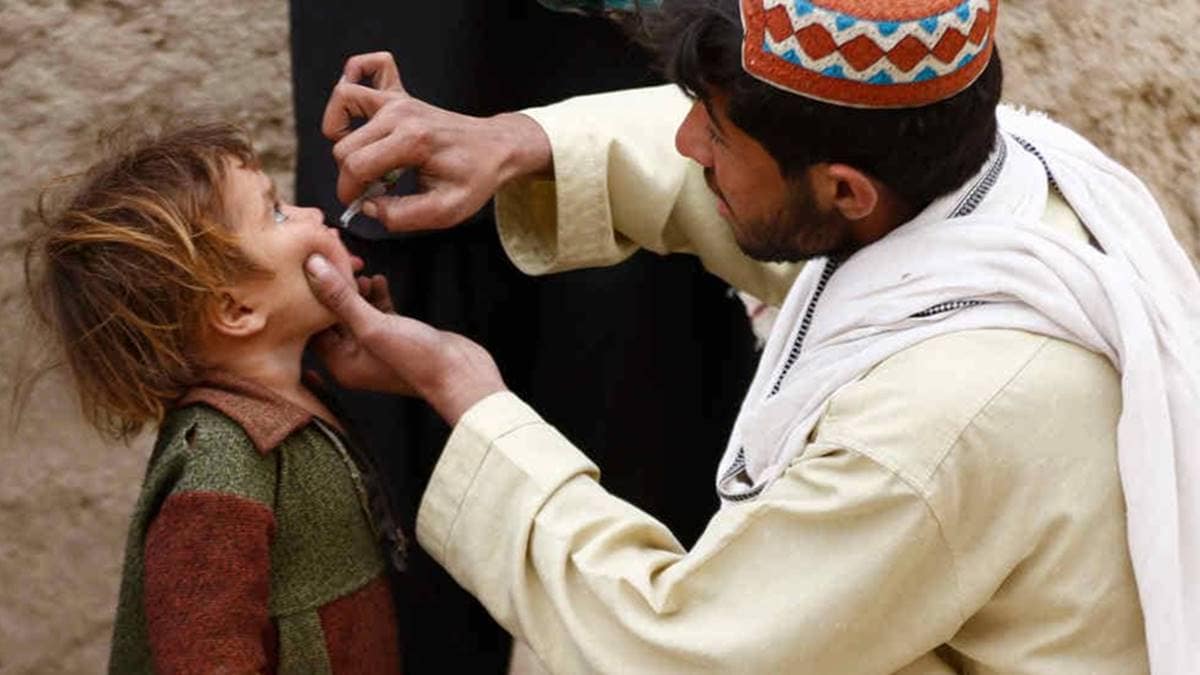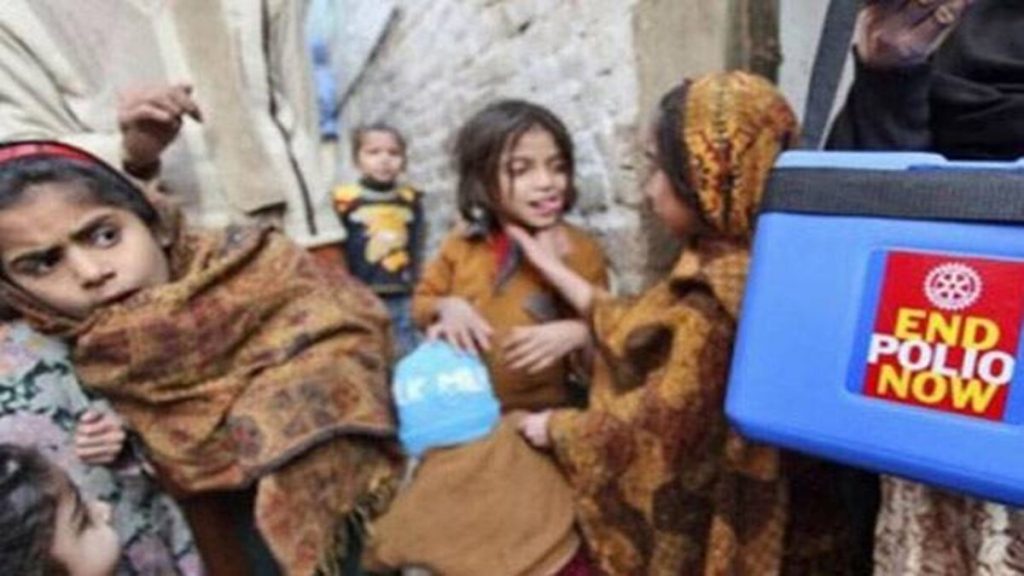When poliovirus was found in wastewater samples from three counties earlier in September, New York declared a State disaster emergency. This year, the environmental surveillance of sewage samples from Kolkata in India revealed the presence of vaccine-derived poliovirus (VDPV), however, the Health Ministry noted that this might happen in any nation where oral polio vaccinations (OPVs) are administered.
The Global Polio Eradication Drive has now identified 30 nations where either imported wild or vaccine-derived poliovirus or circulating vaccine-derived poliovirus (cVDPV) has been detected. The United States is now included on this list. Israel, Ukraine, Nigeria, and Egypt are among the other countries on the list. Since polio is still prevalent in Afghanistan and Pakistan, those two nations are not listed on the outbreak.

The faecal-oral pathway is the one that the polio virus spreads most frequently. It can also spread by tainted food or water. In the intestines of the host, the virus grows.
Age ranges at risk: Although most instances of polio are reported in children under five years old, the disease can affect anyone who has not received the vaccine.
The highly contagious viral disease poliomyelitis, also known as polio, can leave patients crippled and, in rare circumstances, can prove fatal. When the virus reaches the nervous system, it can quickly lead to complete paralysis.

Fever, exhaustion, headaches, nausea, neck stiffness, and discomfort in the limbs are some of the infection’s initial signs and symptoms. One in 200 infections, according to the World Health Organization (WHO), results in irreversible paralysis, typically in the legs. When respiratory muscles are impacted and immobilized, 5–10% of these people pass away.
Polio has no known treatment. Vaccination is the only effective method of prevention.
In 1988, India vowed to support the WHO’s effort to eradicate polio worldwide. In 1995, the government began National Immunization Day (NID), also known as the Pulse Polio immunization program, intending to give polio drops to all children between the ages of 0 and 5. Additionally, each year in high-risk locations, Sub-National Immunization Days are held.

India was omitted by WHO from its list of endemic nations with ongoing poliovirus transmission in 2012. 2014 saw the WHO South-East Asia region certify that India and 10 other nations were polio-free.
It is concerning that India is so close to Pakistan and Afghanistan, both of which have polio outbreaks, and that there may have been vaccine gaps in the previous two years due to Covid-19. There is, however, “no indication of VDPVs circulating in the community,” according to WHO.
India has also said in 2021 that as a preventative precaution, travelers arriving from Afghanistan would receive polio vaccinations.
The WHO stated that India’s acute flaccid paralysis (AFP) surveillance, together with routine immunization and NIDs, satisfies the advised global standards in a report summarising the investigation of the Kolkata sewage water sample. The Environmental Surveillance (ES) program enhances the AFP by routinely collecting sewage water to test for the presence of the poliovirus in feces.
India shouldn’t become comfortable. In light of the COVID-19 pandemic, we must strengthen our disease surveillance programs and networks and make sure that immunization programs do not fall behind.

